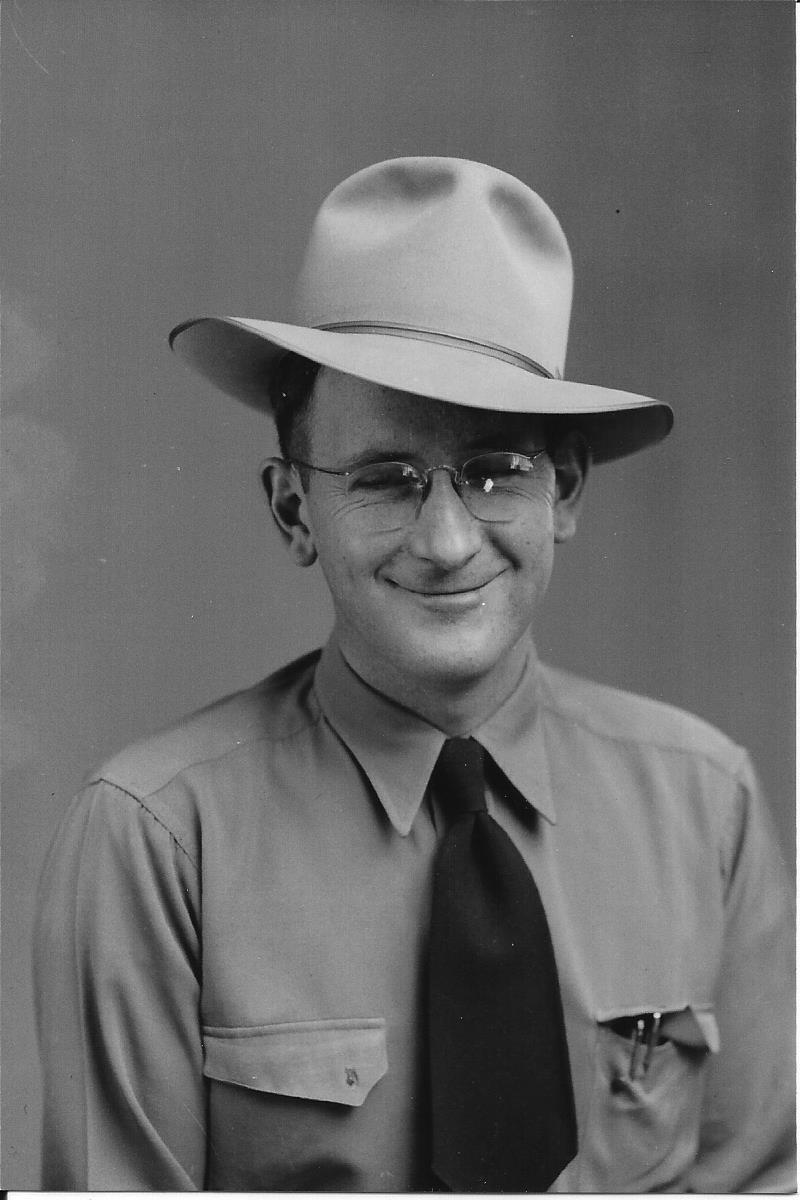Dee Linford is not a well known author today, remembered if
at all as the author of the story Man Without
A Star, which was made into two movies, Man
Without A Star (1955), A Man Called
Gannon (1968), and an episode of a TV series, The Virginian, in 1963.
He wrote a series of stories about Sudden John Irons, a
range detective. I liked a couple of stories of his in Short Stories magazine, especially Dead Man’s Dome in the August 25, 1948 issue. It begins with this
passage:
CHAPTER I
FUGITIVE TOWN
THE sign was a crudely
lettered shingle, nailed to the trunk of the only tree in sight. "Welcome
to Wildcat,” it bade the stranger—expressing in three short words the whole
timeless spirit of friendly optimism on which such towns are founded. But the
town itself was nowhere in sight.
Stub Williams, so
called because of his unusual angular height, sat hunched on the spring seat of
his high-bedded wagon, looking at the sign and at the sentinel cottonwood which
rose like a skeleton above the rubbish-littered flat. Weighing a problem in his
mind.
The sign was in the
right. The sign had to be in the right. The map the saloonman had sketched for
Stub in Casper had placed the town squarely between the forks of Deadman Creek,
here on the Poison Spider Plains.
Well, Stub was sitting
within sight of Big Deadman, to his right, and Dry Deadman, to his left. And
there was the sign welcoming him to town. The rubbish scattered around showed
the town had been there, no more than a week before. But the town, clearly, was
not there today.
The whole setup was
baffling, and slightly eerie. Stub rubbed the back of his sunburned neck and
looked quickly behind him, as if expecting to find the missing community of
five thousand souls stalking him from the rear. But he saw only the bleaching
bones and rusty tin cans. The heaps of whiskey bottles where the saloons had
stood. The fly-crawling refuse and charred debris of what once had been a
thriving town. A town where Merrybelle had lived, wanting to have a well sunk.
How can you not go reading on after that? I did; it's a
story of a rich man dominating an entire town, with a stranger riding in to
rescue the exploited townsfolk, a theme to which Dee returned many times.
 |
| DeVerl (Dee) Linford, pulp western author (Undated photo courtesy FamilySearch,org) |
Deverl (Dee) Hess Linford was born on March 3, 1915 in
Afton, Wyoming, a town on a section of the Oregon trail bordering Idaho and
Utah, in a grassland valley surrounded by forested mountains. His parents were
Joseph Linford and Sarah Hess, both of whom had English and Utahn parents. Joseph
Linford had earlier studied at Brigham Young University and moved to Afton where
he homesteaded a ranch and worked in the dairy business. This history and backdrop
was later used by Dee Linford in some of his stories.
Dee went to the Star Valley High School in Afton, where he
was a scholarship student. In 1932, he gave the salutatory address at his high
school graduation.
After that came the University of Wyoming, Laramie where he
studied journalism. He worked briefly on the Laramie Republican-Boomerang. In 1934, he married Helen Grace Bagley, also
from Afton. She was in the class that graduated one year after he did. They
moved to Cheyenne, Wyoming, where he became the editor of the Wyoming Wildlife magazine,
published by the Wyoming Game and Fish Commission. In 1938, he was also assisting
in the preparation of the WPA Guidebook to Wyoming, Wyoming: a Guide to its History, Highways, and People.
I came across a newspaper report from 1939 that says he had
sold his first two stories for $200. His first stories appeared in Dime Western in early 1940, according to
the FictionMags index, so this feels right.
In World War 2, Dee served as on the U.S.S. Neshoba, an
attack transport ship that operated in the Pacific theatre of war from 1944 to
1946, participating in the
battle of Okinawa,
travelling from Guam and Saipan to Seattle and San Francisco with POWs and
soldiers.
During this time, his output dropped to a couple of western stories
a year, still an impressive feat considering the conditions he was working
under. He didn’t start writing about his war experiences or setting some
stories in the area, unlike other writers.
Sometime in the very late 1940s or early 1950s, the Linfords
moved to Socorro, New Mexico. Helen joined the New Mexico Institute of Mining
and Technology as a professor of mines. Dee went to work in the publications
office of the University before becoming a technical writer and editor in the
New Mexico State Engineer’s office. It was just as well they did this, the pulp
magazine market was collapsing in the early 1950s and they must have financially
benefited from the move.
In 1952, Dee published the book “Man without a star” that
was subsequently made into the Kirk Douglas starrer,
Man Without A Star. The movie has another pulp connection; one of
the screenplay authors was Borden Chase, a writer who had moved to California
as a studio writer.
This book seems to have been the last of his writing career;
I can’t find any records of either books or magazine articles/stories written
by him after 1952.














































